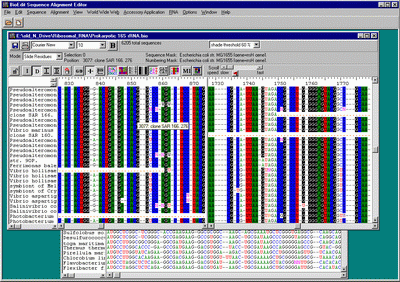

This study revealed a high genetic diversity of pfmsp1 and pfmsp2 genes and low genetic differentiation in P. The mean MOI for both genes was 3.07 and 1.76 for the South and the North, respectively, with a statistically significant difference between areas ( p = 0.001). For pfmsp2, non-directional selection was found with a highly positive TD test in both areas and Fst was 0.02111. For pfmsp1, a high positive Tajima’s D (TD) value was observed in the South (D = 2.0453) while negative TD value was recorded in the North (D = − 1.46045) and F-Statistic (Fst) was 0.19505. The local haplotype diversity (Hd) and nucleotide diversity (π) were higher in the South than in the North for both genes. K1 and IC3D7 allelic families were most predominant in both sites. ResultsĪ total of 76 Pfmsp1 and 116 Pfmsp2 clones were identified and 135 different alleles were found, 56 and 79 belonged to the pfmsp1 and pfmsp2 genes, respectively. falciparum isolates from two epidemiologically different areas in the South and North of Senegal, was carried out.

Multiplex amplicon deep sequencing of merozoite surface protein 1 (PfMSP1) and merozoite surface protein 2 (PfMSP2) in fifty-three P. falciparum and to estimate the allelic diversity, multiplicity of infection (MOI), and evolutionary patterns of the malaria parasite using the NGS platform. This study aims to unravel the population structure of P. Next Generation Sequencing (NGS) offers a practical, fast and high-throughput approach to understand malaria population genetics. However, malaria molecular epidemiology including understanding the genetic diversity of the parasite and performing molecular surveillance of transmission has been poorly documented in Senegal. Molecular epidemiology can provide important information regarding the genetic diversity and transmission of Plasmodium falciparum, which can assist in designing and monitoring elimination efforts.


 0 kommentar(er)
0 kommentar(er)
